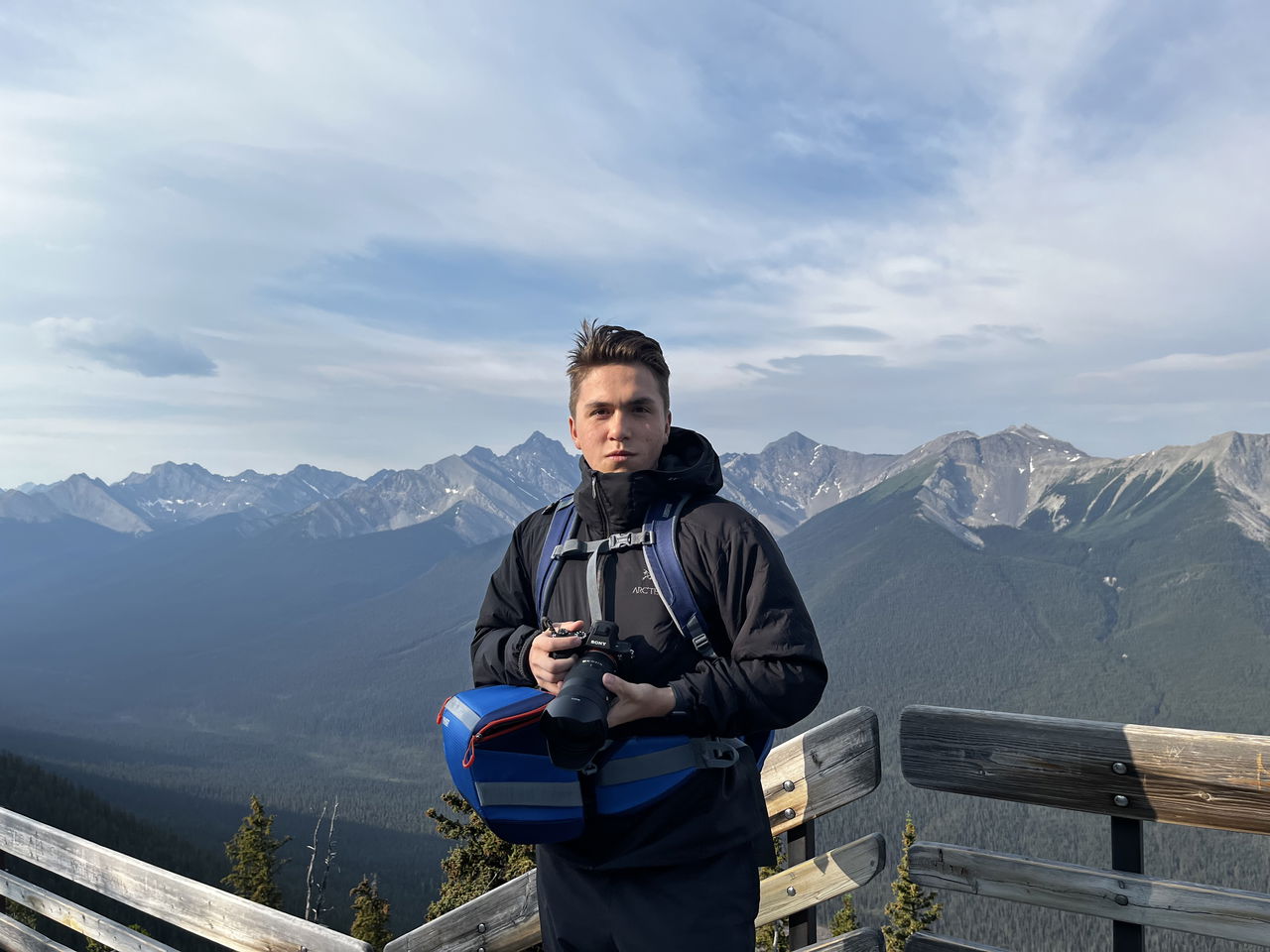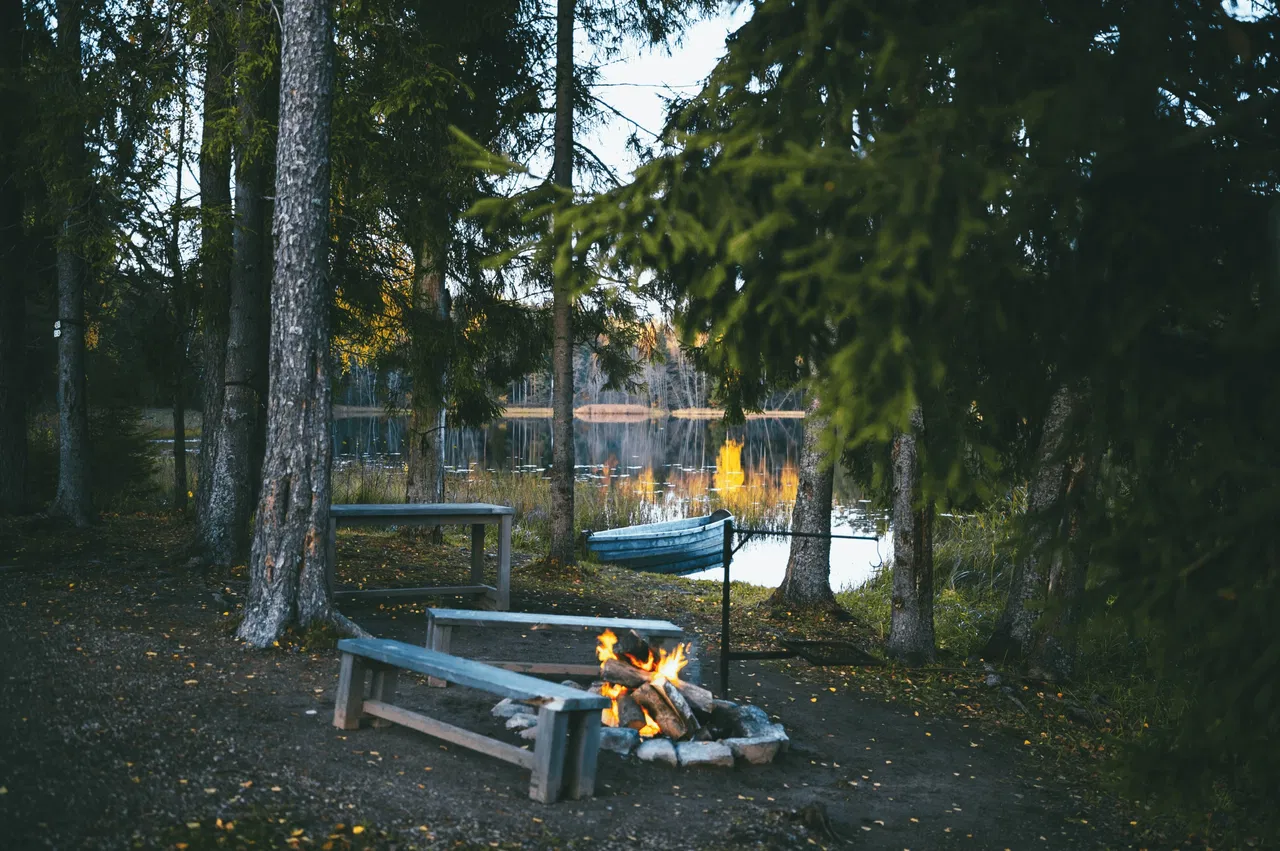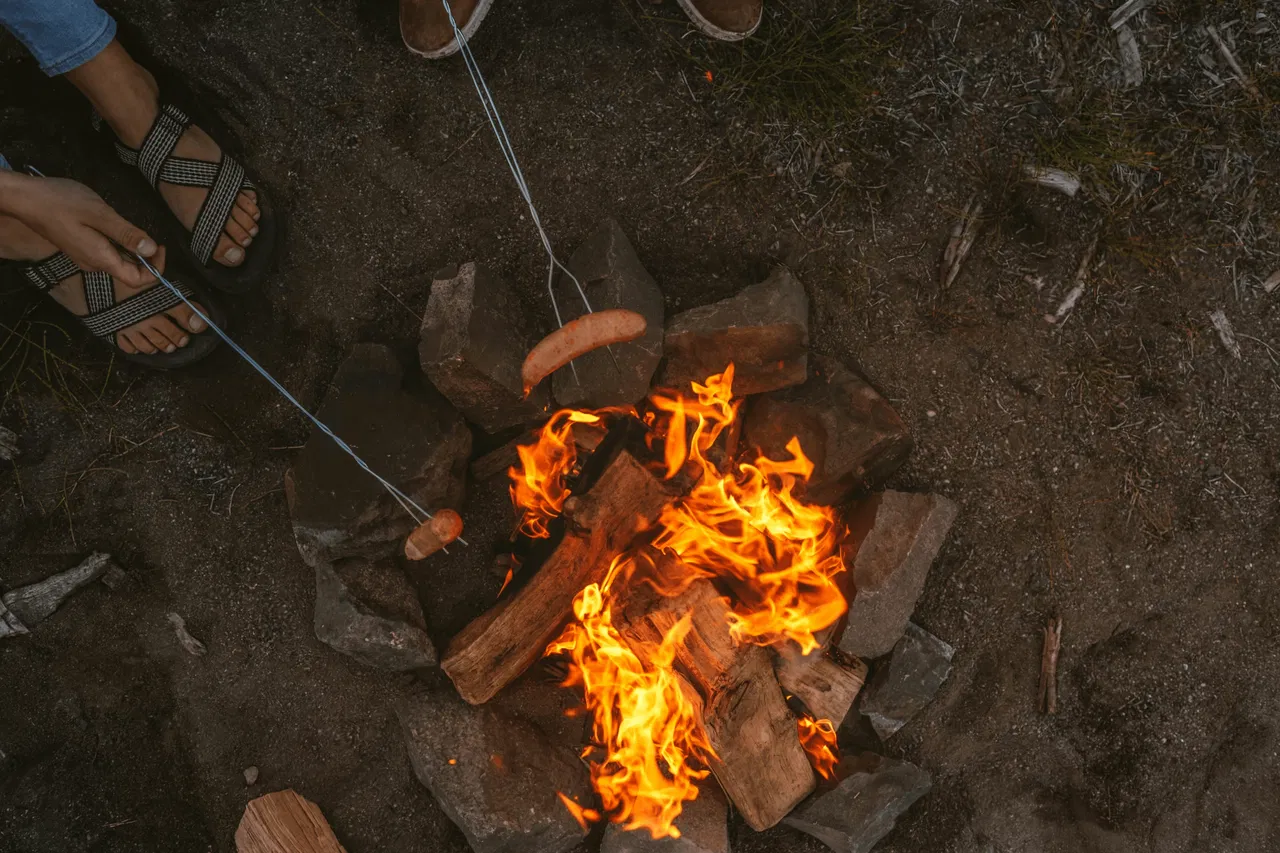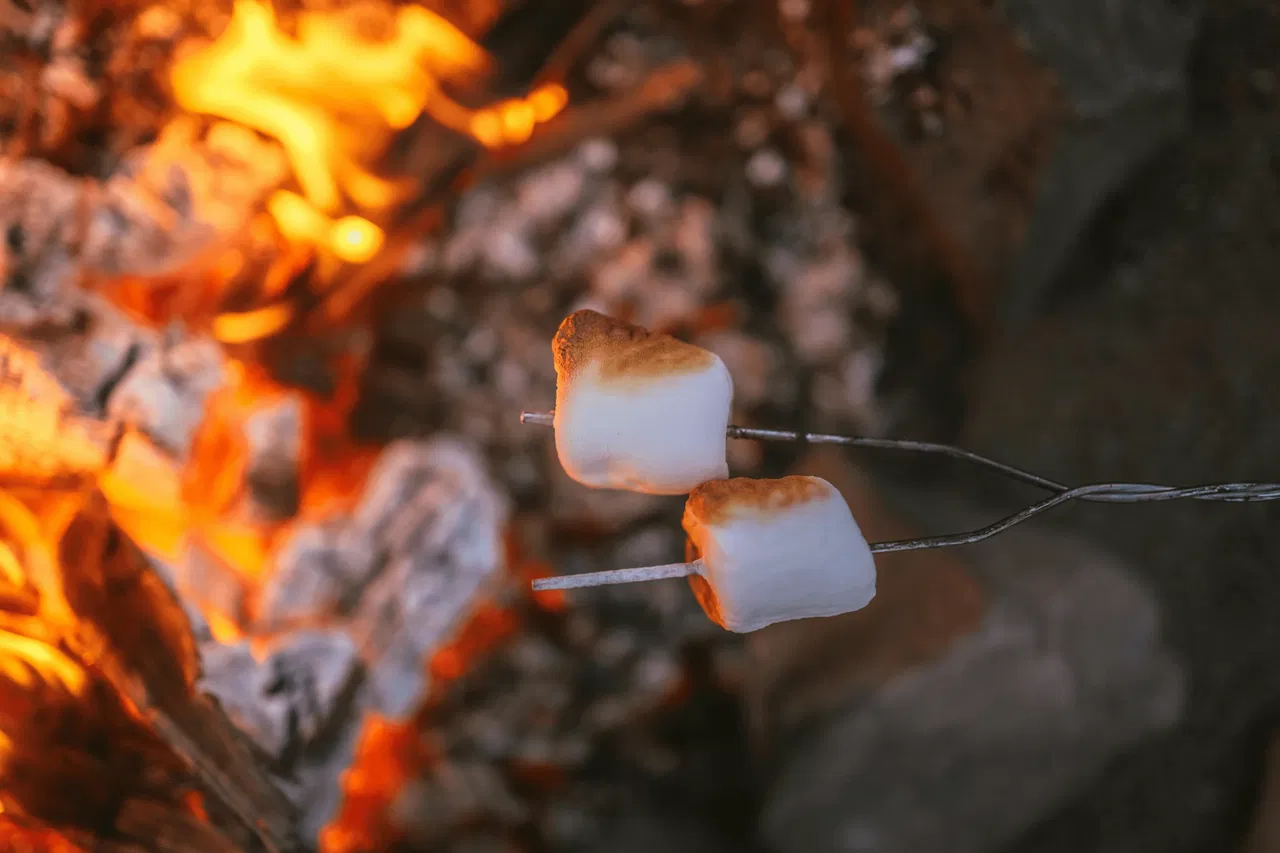• Outdoor Safety
The Hidden Impact of Campfires: What Every Nature Lover Must Know
Learn essential campfire safety measures and eco-friendly practices to enhance your experience. Embrace responsible camping habits to leave no trace behind.

Written by
Kai Lytton

Gathering around a campfire stirs something eternal in our souls. We believe deeply in the campfire's power to forge bonds and create lasting memories in nature. Yet as stewards of the outdoors, we must acknowledge the delicate balance between enjoying these magical moments and protecting our cherished wilderness.
Our years of experience with the outdoor community have taught us valuable lessons about campfire impact. Wood smoke carries more health concerns than many realize, affecting both our wellbeing and the natural environment we treasure. The soil beneath our feet, the air we breathe, the habitats we share - each deserve our careful consideration.
Here's the beautiful truth: we can still embrace the timeless tradition of campfire gatherings while being mindful guardians of nature. This guide shares our journey of discovery, offering practical wisdom to help you create safer, more sustainable moments around the fire. We believe that the best outdoor memories leave no trace, only stories to share around future fires.
Understanding Our Campfire's Impact
Want to know the secret to a better campfire? Our journey with the outdoor community taught us that smart solutions start with understanding heat. The campfire heat reflector is one of our proudest discoveries - a simple yet powerful tool that sends warmth right back to where it is needed.
Picture this: you're gathered around the fire with friends, sharing stories under the stars. The right placement of your heat reflector makes all the difference. Set it behind your fire, and watch as it creates a cozy pocket of warmth while acting as a shield against those pesky wind gusts that love to crash the party.
For our fellow outdoor enthusiasts seeking eco-friendly options, we've discovered some remarkable alternatives:
Recycled Wood Fiber Logs: These compressed sawdust champions burn clean and keep carbon where it belongs
Coffee Ground Logs: Who knew your morning brew could fuel your evening fire? These logs bring a wonderful aroma to your campsite
Bio-Based Ethanol Blocks: Clean-burning and crafted from upcycled crop waste - nature would approve
Here's something that gets us excited: these alternatives aren't just good for the earth - they're incredibly practical too. Take those bio-based ethanol blocks - they'll keep cooking at 1300°F for 8 minutes, even when Mother Nature tries to dampen your plans. Plus, they're perfect for those spots where air quality matters most.
Remember, embracing smarter campfire solutions doesn't mean losing that magical outdoor experience. If anything, it makes those moments around the fire even more special - cleaner, warmer, and better for the wilderness we all cherish. One campfire at a time, we're building a community that knows how to enjoy nature while protecting it.
Wisdom and Safety
Friends often ask us about campfire safety, and here's what years around the flame have taught us. First, give your fire room to breathe - keep it at least 15 feet away from tents and anything that might catch. We've learned the hard way that gravel or dirt makes the safest foundation - grass and wood are never worth the risk.
Setting up your fire spot takes a bit of trail wisdom. Clear a 10-foot circle around your site - those little twigs and leaves love to spark trouble. Look up too - we always check for sneaky branches overhead that might want to join the party uninvited.
Here's something that keeps us up at night: unattended campfires cause more wildfires than anything else humans do. We never leave our fires alone, not even for a quick nature call or wood gathering. Mother Nature can be tricky - a fire doubles its size in just 30 seconds. That's faster than you can tell your favourite campfire story!
The weather plays its own part in this dance. We always check what the National Weather Service says about fire danger. Our checklist, born from countless nights under the stars:
Keep water and a trusty shovel within arm's reach
Watch how the wind dances
Double-check local fire rules
Keep an eye out for those sneaky dry thunderstorms
When it's time to say goodnight to your fire, here's our tried-and-true method: pour water until the hissing stops, then stir those ashes until they're cool enough to touch. Remember what old-timers taught us: if it's too hot for your hand, it's too hot to abandon. See an unattended fire? Speak up - those fines aren't just expensive, they're a reminder of our duty to the wilderness.

Grilling Sausages over an Open Flame
Treading Lightly: Your Campfire's Legacy
"The Earth is in a death spiral. It will take radical action to save us." — George Monbiot, Journalist
We believe every campfire tells a story, and the best stories leave no trace behind. Through countless nights under starlit skies, we've learned that choosing the right spot makes all the difference. Like finding an old friend, an existing fire ring at an established campsite welcomes your flames while protecting untouched ground.
The wood you choose writes its own chapter in your campfire tale. Dead and down wood - nature's gift to fire builders - burns clean and bright. Here's what our trail-weathered hearts have learned about gathering:
Wander at least 200 feet from camp for your wood
Keep it humble - nothing bigger than your wrist, breakable by hand
Spread your gathering like sharing stories around the fire
Stay local with your wood choices - invasive species aren't welcome guests
When the stories wind down and embers fade, the cleanup becomes your final tribute to the wilderness. Let those logs burn to white ash, stirring and cooling them with water until they whisper they're done. Then scatter those cold ashes like seeds of memory, 200 feet from where your stories were shared. Near rivers? Pack out those ashes like precious cargo.
Before bidding farewell to your campsite, restore nature's canvas.
Tuck the soil back where it belongs, scatter unused wood like breadcrumbs in the forest. And remember - those plastic wrappers and foil packages? They're not part of nature's story. These small acts of stewardship ensure that future generations will find their own perfect spot to gather, share, and create memories around the eternal flame.
Essential Campfire Safety Measures
As we gather around the campfire, it's crucial to remember that safety is the first chapter in every outdoor story. Through countless nights under starlit skies, we've learned that responsible campfire practices make all the difference. Like setting up a safe haven, choosing a spot away from flammable materials and using existing fire rings at established campsites not only welcomes your flames but also protects the surrounding wilderness. Always ensure you have a permit, clear a safe area, and keep water and a shovel nearby to prevent accidents and respect the land we share.
Enhancing Campfire Efficiency
The Original Fire Reflector is a testament to our commitment to enhancing the campfire experience while preserving the wilderness. This patented design doubles the warmth while using less wood, making it an ideal solution for those who want to enjoy the magic of the campfire without leaving a significant environmental footprint. By reflecting heat back towards you, it creates a cozy pocket of warmth, perfect for chilly nights under the stars.
Practical Safety Measures in the Wild
The science behind the Original Fire Reflector is rooted in the principle of thermal radiation. Campfires primarily warm us through this form of electromagnetic heat transfer rather than just hot air. By using a reflector, you can harness this warmth more efficiently, ensuring that the heat is directed where it's needed most - toward you and your companions. This not only enhances comfort but also reduces the need for larger fires, which can minimize environmental impact.
Building a Legacy of Responsible Camping
In practical terms, the Original Fire Reflector is a versatile tool that can be used in various outdoor settings. Whether you're setting up a snack fire, a cooking fire, or a comfort fire, the reflector can amplify the warmth and efficiency of your campfire. For instance, when building a reflector fire lay, you can use natural or constructed backstops to reflect heat, mimicking the functionality of a fireplace in the wilderness. This approach ensures that you stay warm and comfortable while minimizing the environmental footprint of your campfire.
By embracing the Original Fire Reflector, you're not just enhancing your campfire experience; you're also joining a community of mindful adventurers who prioritize both enjoyment and environmental stewardship. This community believes that the best outdoor memories leave no trace, only stories to share around future fires. Together, we can build a legacy of responsible camping practices, ensuring that future generations find their own perfect spots to gather, share, and create memories around the eternal flame1.
Our Concluding Thoughts
The campfire's magic runs deep in our outdoor community. Like the stories we share around the flames, we believe each fire should leave only memories, not scars. Through years of gathering around fires with fellow adventurers, we've learned that smart choices about where and how we build our fires make all the difference in preserving the wilderness we cherish.

Roasting Marshmallows Over a Fire
Our journey led us to create the Original Fire Reflector, born from countless nights studying how heat dances around the campfire. This patented design doubles the warmth while using less wood - just the kind of solution our community asked for. Want to enhance your own fireside moments while protecting the great outdoors? [Shop Now] and join our community of mindful adventurers.
Remember, friends - every campfire we build writes its story on the land. Through thoughtful site selection, mindful wood gathering, and careful cleanup, we're keeping these sacred spaces pristine for future generations of storytellers. The warmth of a well-tended fire, the glow of happy faces, the whisper of wind in the trees - these are the gifts we preserve when we gather responsibly under the stars.
FAQs
Q1. How do campfires impact the environment? Campfires can have significant environmental effects, including air pollution from smoke particles, soil erosion, and potential habitat destruction. The smoke contains a complex mixture of gasses and fine particulate matter, which can be harmful to both human health and the surrounding ecosystem.
Q2. What are some eco-friendly alternatives to traditional wood campfires? Eco-friendly alternatives include recycled wood fiber logs, coffee ground logs, and bio-based ethanol blocks. These options burn more efficiently, produce less smoke and ash, and are often made from sustainable or recycled materials, reducing the overall environmental impact.
Q3. How can I set up a safe campfire? To set up a safe campfire, choose a spot at least 15 feet away from tents and flammable materials, preferably on gravel or dirt. Clear a 10-foot diameter around the site, remove overhanging branches, and encircle the pit with rocks. Always keep water and a shovel nearby for emergencies.
Q4. What's the proper way to extinguish a campfire? To properly extinguish a campfire, pour water over the fire until the hissing sound stops. Then, stir the ashes and embers with a shovel, ensuring everything is cool to touch. Remember: if it's too hot to touch, it's too hot to leave.
Q5. How can I minimize my campfire's impact on the environment? To minimize your campfire's impact, use existing fire rings when possible, collect only dead and down wood no larger than an adult's wrist, gather wood from a wide area, and choose locally sourced wood to prevent spreading invasive species. After use, allow the wood to burn completely to ash, scatter cold ashes away from camp, and restore the site to its natural appearance.
References
[1] - https://wtamu.edu/~cbaird/sq/2015/02/26/when-i-sit-by-a-campfire-how-does-its-hot-air-heat-me/
[2] - https://www.firepitart.com/blog/do-some-fire-pits-produce-more-heat-than-others/
[3] - https://www.epa.gov/wildfire-smoke-course/why-wildfire-smoke-health-concern
[4] -https://www.researchgate.net/publication/7629383_A_Comparison_of_Campfire_Impacts_
and_Policies_in_Seven_Protected_Areas
[5] - https://www.fs.usda.gov/t-d/pubs/pdfpubs/pdf04232327/pdf04232327dpi300.pdf
[6] - https://www.sciencedirect.com/science/article/abs/pii/S0013935119306929
[7] - https://survival-kompass.de/dictionary/heat-reflector/
[8] - https://salamanderstoves.com/5-eco-friendly-fuel-alternatives-to-coal/
[11] - https://www.fs.usda.gov/detail/okawen/alerts-notices/?cid=fsbdev3_053601
[12] - https://www.fs.usda.gov/detail/arp/fire/?cid=fsm91_058202
[13] - https://emberdefense.com/blog/5-campfire-safety-tips/
[14] - https://www.weather.gov/media/ajk/brochures/Fire_Weather_Safety.pdf
[16] - https://lnt.org/why/7-principles/minimize-campfire-impacts/
[18] - https://www.epa.gov/burnwise/best-wood-burning-practices






